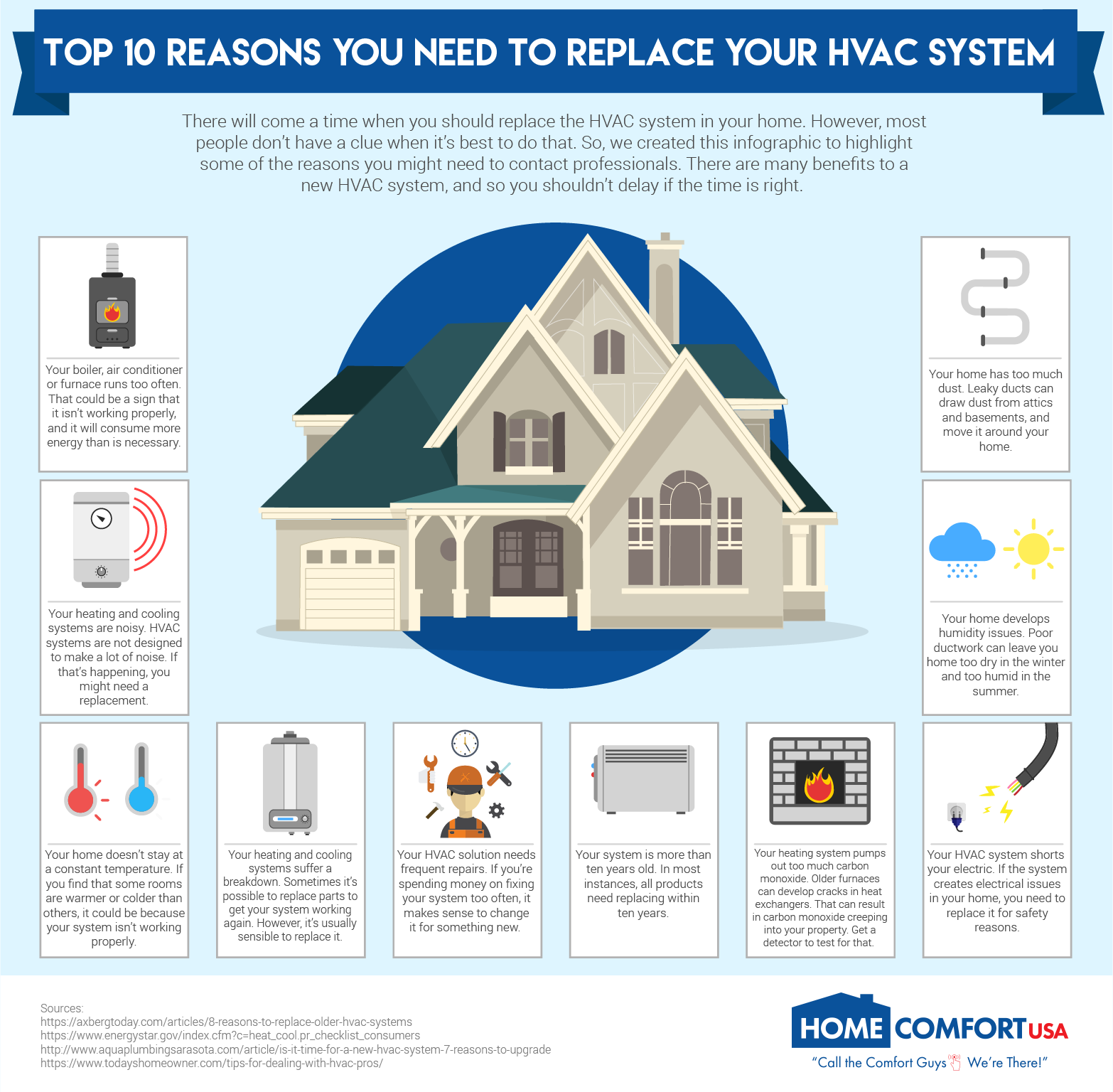The Ultimate Overview To Comprehending Heat Pumps - Just How Do They Work?
The Ultimate Overview To Comprehending Heat Pumps - Just How Do They Work?
Blog Article
Created By- heat pump specials christchurch can save you significant amounts of cash on power bills. They can likewise help reduce greenhouse gas discharges, particularly if you make use of electrical power instead of fossil fuels like lp and heating oil or electric-resistance heaters.
Heatpump work significantly the same as ac unit do. This makes them a practical choice to conventional electrical home heating unit.
Just how They Work
Heatpump cool homes in the summertime and, with a little assistance from power or gas, they offer some of your home's home heating in the winter months. They're an excellent choice for people who wish to lower their use of nonrenewable fuel sources yet aren't prepared to replace their existing furnace and air conditioning system.
They depend on the physical fact that also in air that appears as well chilly, there's still energy present: warm air is constantly relocating, and it wishes to relocate right into cooler, lower-pressure atmospheres like your home.
Most power celebrity certified heat pumps run at near their heating or cooling capacity throughout most of the year, minimizing on/off cycling and conserving power. For the best performance, focus on systems with a high SEER and HSPF ranking.
The Compressor
The heart of the heatpump is the compressor, which is likewise referred to as an air compressor. This mechanical flowing tool makes use of prospective power from power production to increase the stress of a gas by lowering its quantity. It is various from a pump because it only works on gases and can't collaborate with liquids, as pumps do.
Climatic air gets in the compressor with an inlet shutoff. air conditioning installation companies near me travels around vane-mounted arms with self-adjusting length that separate the interior of the compressor, creating numerous cavities of differing dimension. The blades's spin pressures these tooth cavities to move in and out of phase with each other, compressing the air.
The compressor reels in the low-temperature, high-pressure cooling agent vapor from the evaporator and compresses it right into the warm, pressurized state of a gas. https://www.washingtonpost.com/business/2018/10/01/use-this-checklist-prepare-your-home-winter/ is duplicated as needed to provide heating or air conditioning as called for. The compressor also contains a desuperheater coil that reuses the waste warmth and includes superheat to the cooling agent, changing it from its fluid to vapor state.
The Evaporator
The evaporator in heatpump does the same point as it performs in fridges and air conditioning system, transforming liquid refrigerant right into a gaseous vapor that gets rid of heat from the area. Heat pump systems would certainly not function without this essential piece of equipment.
This part of the system lies inside your home or structure in an interior air handler, which can be either a ducted or ductless unit. It contains an evaporator coil and the compressor that compresses the low-pressure vapor from the evaporator to high pressure gas.
Heatpump soak up ambient warmth from the air, and then use power to move that heat to a home or service in home heating mode. That makes them a great deal extra energy efficient than electric heating systems or furnaces, and since they're using tidy power from the grid (and not melting gas), they likewise produce far less exhausts. That's why heatpump are such fantastic ecological options. (In addition to a significant reason that they're ending up being so preferred.).
The Thermostat.
Heatpump are great choices for homes in cold climates, and you can use them in mix with conventional duct-based systems or perhaps go ductless. They're a wonderful alternate to nonrenewable fuel source heating unit or traditional electrical heaters, and they're much more lasting than oil, gas or nuclear cooling and heating tools.
Your thermostat is the most essential component of your heatpump system, and it functions really differently than a standard thermostat. All mechanical thermostats (all non-electronic ones) work by utilizing materials that transform dimension with boosting temperature level, like coiled bimetallic strips or the broadening wax in a vehicle radiator shutoff.
These strips include 2 different sorts of metal, and they're bolted together to create a bridge that completes an electric circuit connected to your cooling and heating system. As the strip gets warmer, one side of the bridge expands faster than the other, which creates it to flex and signal that the heater is required. When the heat pump is in heating setting, the turning around valve turns around the circulation of refrigerant, to ensure that the outdoors coil currently functions as an evaporator and the indoor cyndrical tube becomes a condenser.